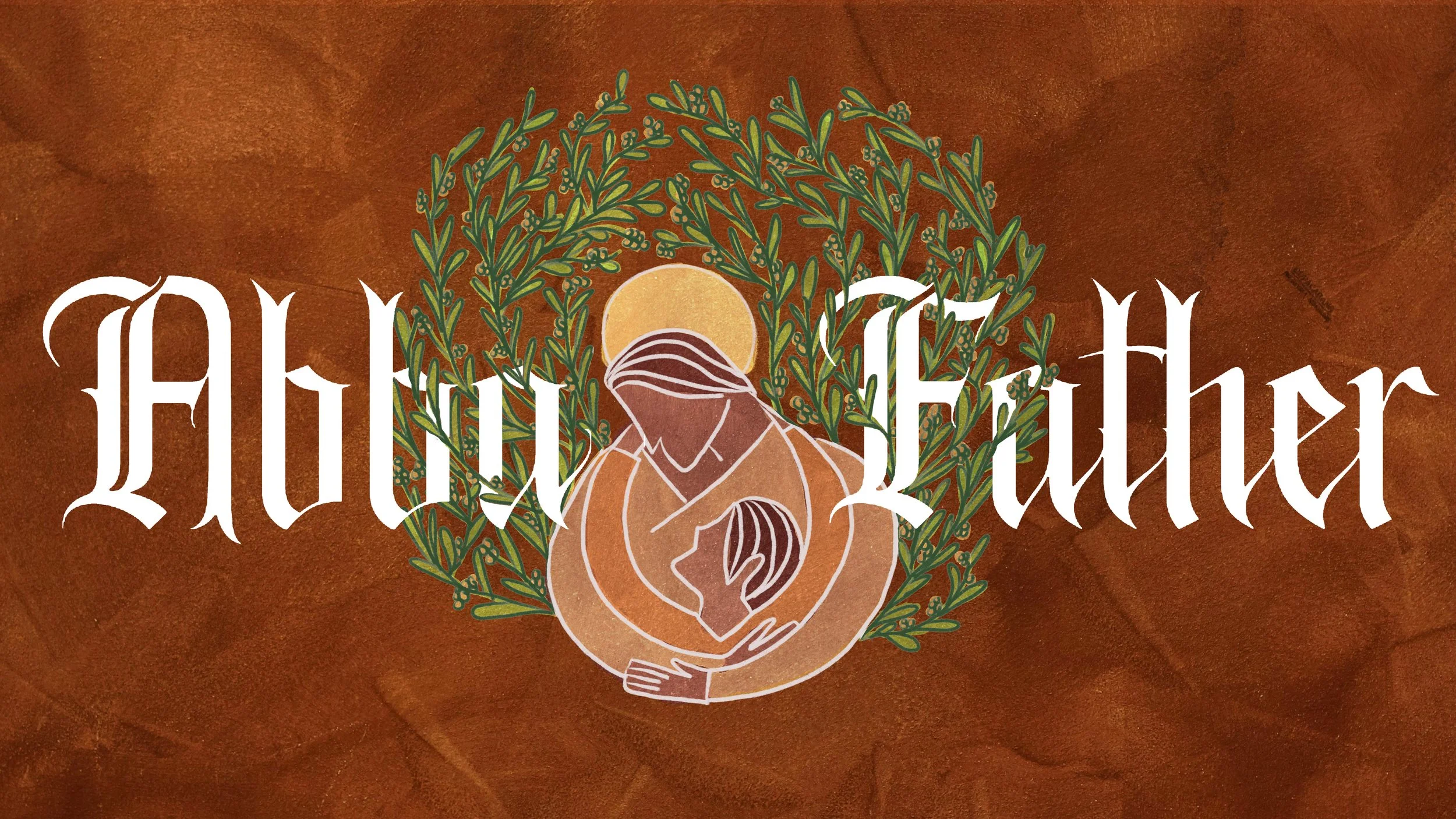Everything about our faith flows first from sharing in divine love with Jesus through prayer. Often the story of Mary and Martha is reduced to “don’t do stuff, just sit,” but there is something deeper at work. Jesus is not critical of Martha’s activity itself, but her motive. She is anxious because she finds her value in her good behavior and she is projecting her frustration upon her sister. Action and contemplation actually go hand-in-hand - to “pray without ceasing” is to merge our communion with God and our daily activity. Without contemplation, our activity burns us out and we become filled with contempt.
Viewing entries tagged
contemplation
As Christians we can fall prey to anti-intellectualism or rigid thinking. We might have been told “don’t think, just believe”, or we might have been told what we’re supposed to believe doctrinally but not how to hold those beliefs so that they lead to encounter; both types of thinking keep us on the surface of life, only reaching for what we already know.
At the empty tomb, John bends over as a sign of humility to see the strips of linen lying on the deathbed without a body to accompany them. Contemplative thinking enables us to to lean in and listen for resurrection possibility beyond our assumption about how life is “supposed” to work. The word contemplation derives from con- meaning “with, together”, and the root temple, which means “a space demarcated for sacred consecration”. To contemplate is to establish a sacred space in the mind to be joined with God, which is the goal of the spiritual life.



